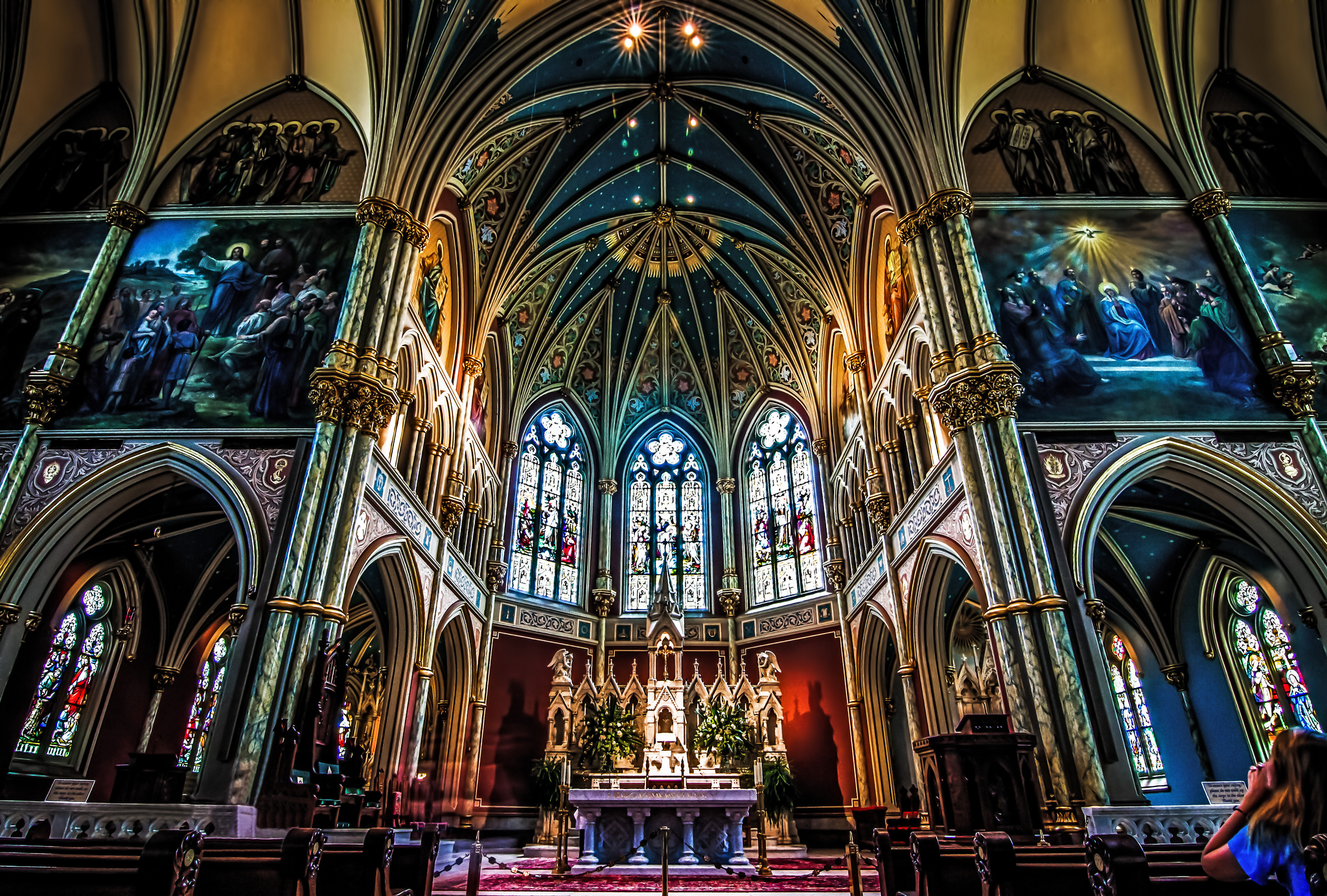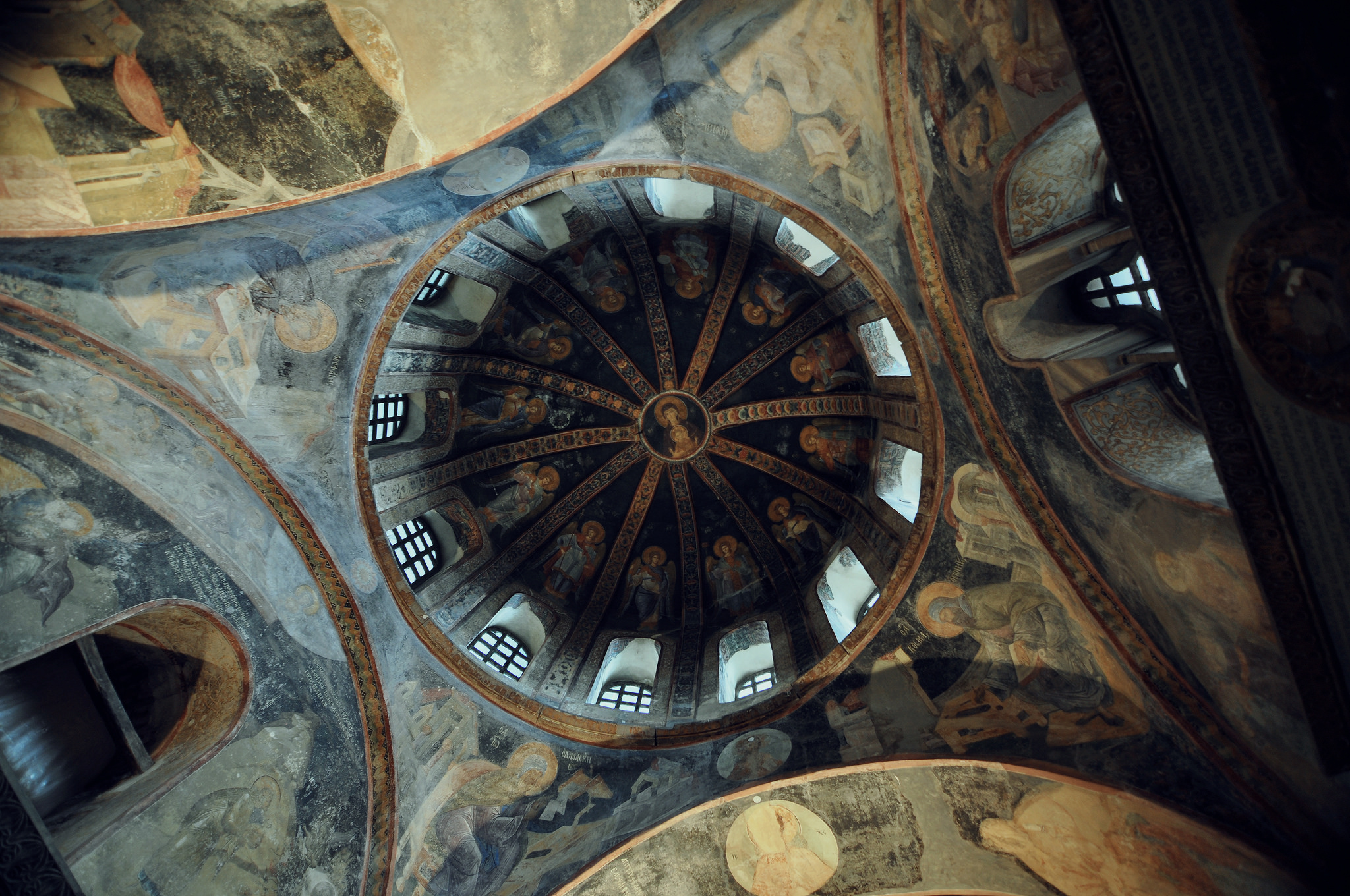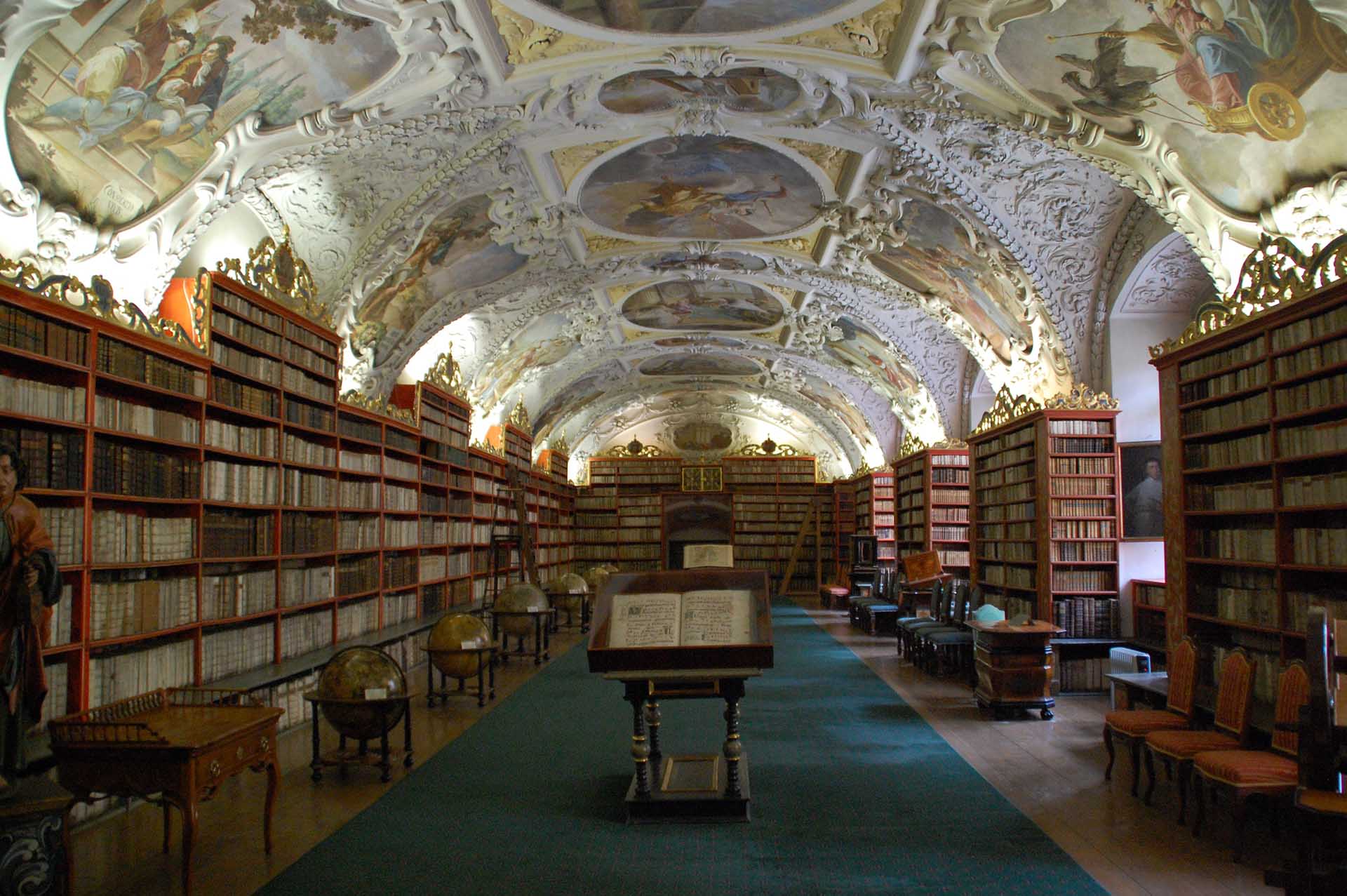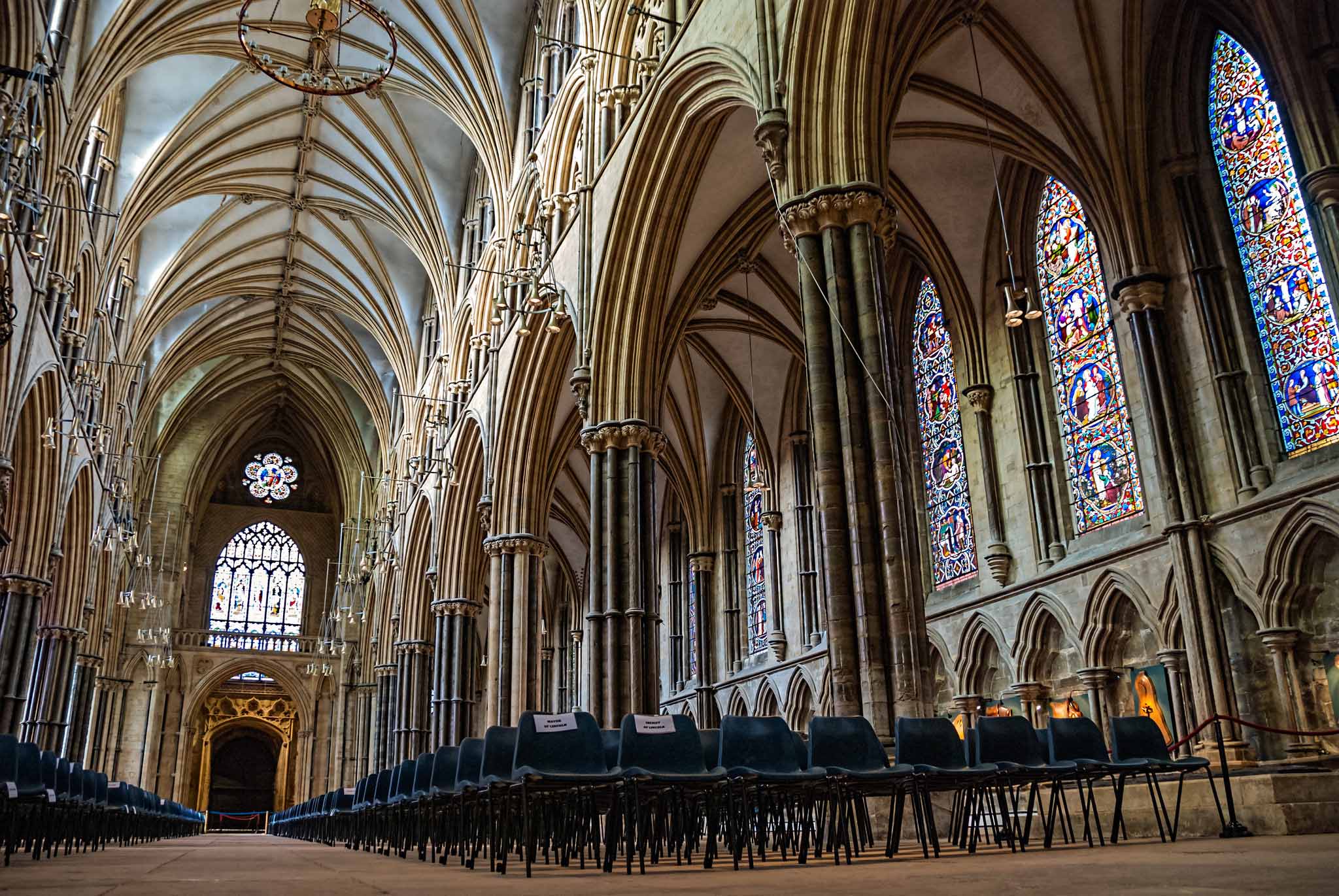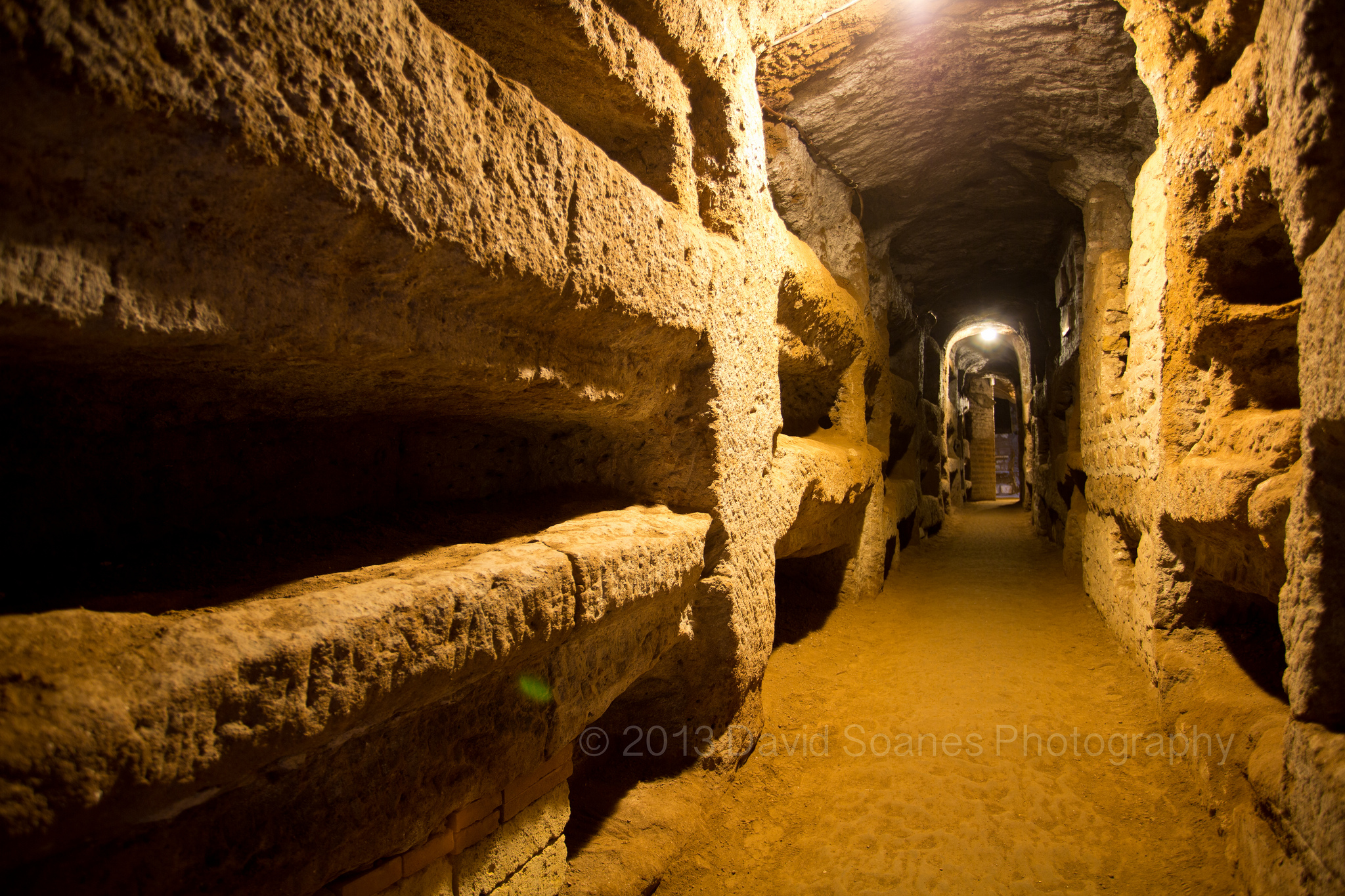© Copyright 2013, T. Stanfill Benns ( All emphasis within quotes is the author’s unless indicated otherwise.)
After corresponding with people from all over the world for over 30 years and listening to their tales of woe concerning Traditionalists and other groups, I am convinced that those searching for the true faith these days need a new approach to understanding Catholicism — an approach different from those methods once used by the Church in the past when She was the Church, in all Her glory. For years I have been trying to determine how one should best direct people today to the Church using Her own teachings without a true pope as Her head. In the course of study, solutions have presented themselves and the intent of these most recent articles is to attempt to present them as a method that will provide a higher degree of certainty than the methods most commonly used in the past provided. This is necessary because today we have no visible Church to which we can refer people — no magnificent edifice as formerly of which can be said “She is the best proof of all that is good, holy and true.” Of course all that went before still exists and is still good, holy and true. But the visible evidence of this does not exist presently, and as Rev. Patrick Madgett S.J. teaches, “No matter how learned we become, we are always more moved by present and visible things than by absent or mental things,” (Christian Origins, Vol. II).
When it comes to the juridic Church Herself today, we have access to a wealth of material explaining and documenting what She was in her heyday, how she behaved and what She taught/teaches. No one can claim they are not able to find these resources, which are readily available on the Internet. Do we have a greater obligation to educate ourselves and to seek this information out today and understand it than the early Christians? Rev. Peter Finlay S. J. believed that we did long before the advent of modern technology and the many decrees of the last three true popes (Benedict XV, Pius XI, Pius XII). In his Divine Faith he wrote: “We have the same body of doctrines set out for us [as the first Christians]; we have the advantages of [almost 20] centuries of Christian thought and meditation on them. Is it any wonder we should have a better understanding of the contents of the Divine Deposit than the Christians of the early centuries?…Revelation, dogma, in its most developed state is the same revelation which was preached by the Apostles to the first Christians; which was taught and explained by the early Fathers; which was studied and discussed by the schoolmen and the apologists; which was believed in every age by the simple Faithful; but which is now better understood, more clearly distinguished into its own component parts, more evidently opposed to the errors which it condemns.”
And Rev. Joseph Clifford (J. C.) Fenton, in his article, “The Religious Assent Due to the Teaching of Papal Encyclicals,” wrote in 1950: “A tremendous and increasingly important amount of religious teaching has been presented to the Church in papal encyclicals, and authoritatively only in these documents, especially during the past half-century. Hence it seems clear that theologians should do everything within their power to describe and explain the assent due to thee doctrines as accurately and adequately as possible,” (American Ecclesiastical Review). So for those today, there are far fewer excuses for failing to “read and understand” revelation, considering the wealth of explanations, commentaries and papal pronouncements at our fingertips.
But first there must be an attraction to the Catholic Faith; this is God’s grace at work. Unless this attraction precedes all else, interest will be lacking (although it may be mistaken for curiosity) and efforts to convert will not be successful.
Because the Catacomb Church is not organized or readily visible to the observer, it is harder for those seeking truth to accept the idea of a Mystical Body of believers spread across the world in union with their Divine Head, yet absent a visible hierarchy. That this is prophecy being fulfilled before our very eyes and is only a temporary situation until Christ either re-establishes His Church or comes for the Final Judgment must be carefully demonstrated. It is not “good news” to many but those who truly are drawn to the Church by grace and who love Her already believe that we live in the Latter Days. In these times we are asked to “pray and watch,” and this means that we must above all devote ourselves to prayer in all its many forms in order to save our own souls. We must pray; that is we must engage in both vocal and mental prayer in order that we may do a better job of knowing, loving and serving God, knowing ourselves better, and more profitably performing our daily duties, (Catechism of Mental Prayer, Rev. Joseph Simler). We must perform all these duties, every day, for the honor and glory of God and in reparation for our sins, as we pray in the Morning Offering. Every pious thought, every pious desire, every lifting of our hearts to God is a mental prayer (Ibid). As stated above, study can be joined to prayer — watching to praying — when one meditates on the subjects studied while writing them out for the benefit of others. In fact Rev. A. D. Sertillanges, O. P. tells us that study “is an active prayer to truth,” because like prayer, “study is a desire and invocation of the True,” (The Intellectual Life).
In 2 Maccabees 2: 26-28, quoted on the homepage of this site, we see that watching is associated with the labors of study, for this verse reads: “We have taken care for those indeed that are willing to read that it might be a pleasure of mind; and for the studious, that they may more easily commit it to memory: and that all that read might receive profit. And as to ourselves indeed, in undertaking this work of abridging, we have taken in hand no easy task, yea rather a business full of watching and sweat. But as they that prepare a feast, and seek to satisfy the will of others: for the sake of many, we willingly undergo the labor.” Watching also includes keeping our Lord company in prayer (holy hours) for didn’t the three Apostles fail Him in Gesthemane when He asked them to pray with Him and instead they slept? Watching, especially in these times, must encompass safeguarding the Divine Deposit and all that entails as well. It must find us at the feet of Jesus, learning this Deposit firsthand, and finally at the foot of the Cross, learning the true meaning of faith, hope and charity.
It is our hope that the new articles will aid those devoted to praying and watching as described above. But before readers begin studying this series, we ask that they read and take notes on the excerpts from Catholic works on faith below.
• Read the chapter on “Faith, the Gateway of the Church,” by Rev. Patrick Madgett S. J., Xavier University, Ohio; 1943. (Please also read Pope Pius XII’s Humani Generis online as Rev. Madgett’s work was written prior to this encyclical and is not clear on the infallibility of papal encyclicals, defined in Humani Generis.)
• Read also the chapter from Rev. John Kearney’s (CS.Sp.)“Our Greatest Treasure” on the Gift of Faith, (Benziger Bros., 1942).
• Be sure to read and study the Vatican Council documents, (see link on last page to The Sources of Catholic Dogma)
• The Vatican Council documents will be much better understood if two books by Henry Cardinal Manning also are read, giving the purpose and the history of the Vatican Council. Links to free downloads of these books are found on the last page of this section.
• See also links to the 1917 Code of Canon Law, the Catholic Encyclopedia and St. Thomas Aquinas’ Summa below.
• Finally, please read the encyclical Mystici Corporis by Pope Pius XII which can easily be found by googling the Latin words in this title.
When you have completed this study, return to this page to begin the actual study method recommended here. This will progress through the points below.
Order of understanding faith:
• Divine Faith (Christ revealing)
• Divine and Catholic Faith (Christ revealing, the Church defining)
• In both the ordinary and extraordinary magisterium (both equally binding, Vatican Council)
• In bulls, encyclicals, constitutions, but also in addresses and allocutions (Pius XII’s Humani Generis; common opinion of theologians)
• In decisions of the Holy Office (as Pius IX taught in Tuas Libentur)
• In Canon Law, (since the Church also is infallible in Her disciplinary decrees, according to the Vatican Council).
Fundamental truths:
• The Church cannot and has not changed Her dogma from the beginning of Her existence, (DZ 1800, DZ 2145).
• Once the popes have spoken on any matter, the subject is forever closed, (DZ 161).
• No proofs of lesser weight can gainsay a document signed by the Roman Pontiff, (Canons 1812, 1816, 1819).
• Infallible documents of both the ordinary and extraordinary magisterium demand an irrevocable assent, (DZ 349, 357,1792).
• The popes may not be judged by anyone, (DZ 497; DZ 1830).
• No pope, as true pope, can ever “fall” into heresy, although he can appear to do so. (Paul IV’s Cum Ex Apostolatus Officio, 1559 (See Cum ex... articles in the Current Articles section under papal documents and in the Archives).
• Without a true pope the “Church” (defined by Rev. Francis Miaskiewicz and others as the pope) cannot supply jurisdiction under Canons 209, or Can. 2261 §1, nos. 2-3, (DZ 1823).
• During an interregnum, the acts of those who presume to usurp papal jurisdiction or ignore or alter papal law in any way are declared null, void and invalid. (See Vacantis Apostolicae Sedis on this website, preamble).
• Any time doubts are raised concerning the application of Canon Law, the old law is to apply in that case, (Can. 6, nos. 2 and 4). Because so many doubts have been raised concerning the application of the laws governing heresy since the death of Pope Pius XII, the old law for these laws, Pope Paul IV’s Cum ex Apostolatus Officio, (which reinstates all former laws against heresy and is the basis for almost all the Church’s canon laws treating heresy), and Pope St. P{Pius V’s Intermultiplices, confirming Pope Paul IV’s bull, apply. See the Catholic Encyclopedia on what constitutes heresy under the old law, (see Heresy).
• Catholics have an obligation to condemn what they believe is heresy, even if they cannot prove it and the Church has not yet officially condemned it, (DZ 1105).
• They also have an obligation to strenuously avoid even those things that closely approach heresy, (DZ 1820).
• Traditionalists err in teaching that only after warning the one committing the delict may ipso facto excommunications be assumed to have had their effect, (DZ 1547; Cum ex Apostolatus Officio).
• Silence, subterfuge and manner of acting where heresy is concerned is evidence that such heresy has been committed, (Can. 1325). This can be something as simple as a man failing to kneel or remove his hat during the consecration at Mass, (Rev. Eric MacKenzie, The Delict of Heresy).
• Heresy is to be presumed until Church hierarchy have determined that it indeed was not committed, (Can. 2200). This includes any external acts that may be interpreted as heresy even if they are not sinful, i.e., constitute only material heresy. This According to Rev. Adolphe Tanquerey in his Dogmatic Theology for seminarians, used worldwide. Tanquerey teaches that even material heresy places one outside the Church.
• Catholics are bound to impede the unworthy from performing ecclesiastical acts, (Canons 1935, 2259).
• Catholics cannot use probable opinions to determine the validity of the Sacraments (DZ 1151), the means necessary to eternal salvation or the rights of a third party. (Rev. Dominic Prummer, Handbook of Moral Theology, cites this as the unanimous opinion of modern theologians).
The following sources are available free online to facilitate study:
Sources of Catholic Dogma by Henry Denzinger, 1955: free download
http://archive.org/details/TheSourcesOfCatholicDogma (Vatican Council decrees)
The Vatican Decrees and Their Bearing on Civil Allegiance, Henry Cardinal Manning, 1875, free download: http://ia700300.us.archive.org/22/items/a628785800mannuoft/a628785800mannuoft.pdf
The Story of the Vatican Council, Henry Cardinal Manning, 1877, Free download:
http://en.wikisource.org/wiki/The_True_Story_of_the_Vatican_Council
The 1917 Code of Canon Law http://www.archive.org/stream/newcanonlaw00woywuoft#page/n13/mode/2up
Catholic Encyclopedia, 1914
http://www.newadvent.org/cathen/
Summa Theologica
http://www.newadvent.org/summa/index.html
